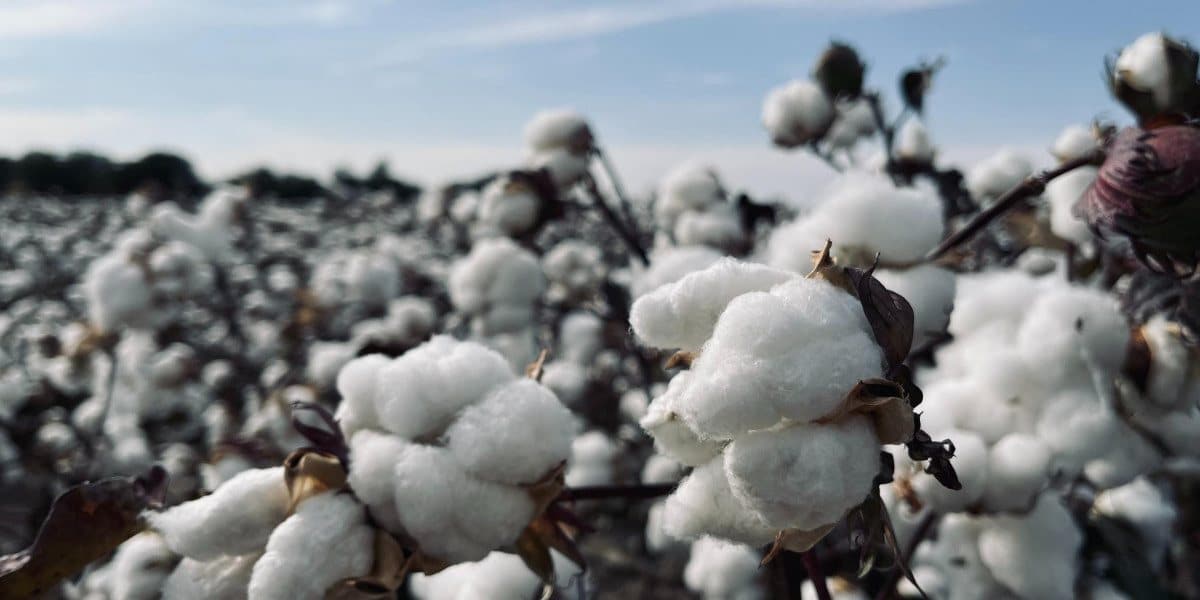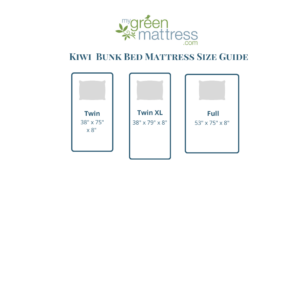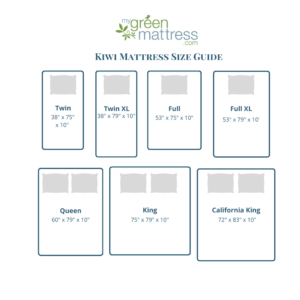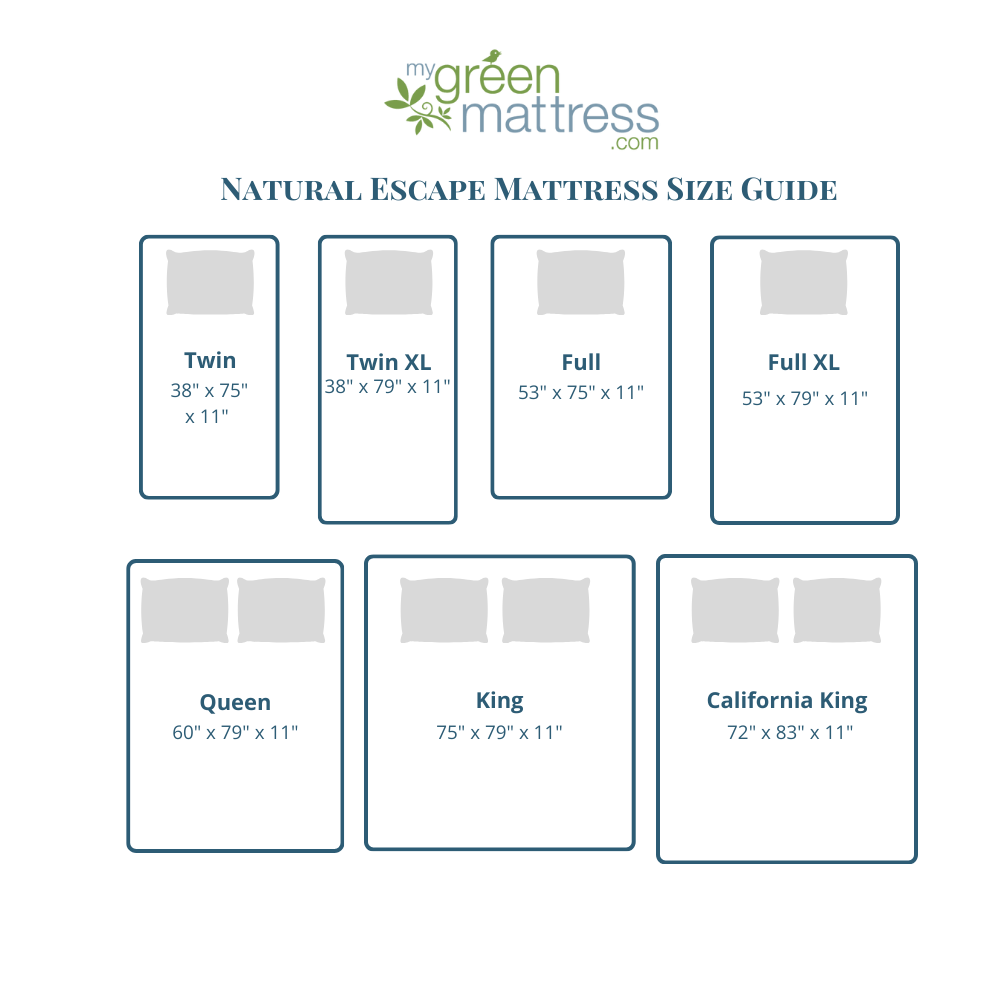Cotton is a versatile, natural, and certifiably organic material used in hundreds of products. It’s still the most widely used natural fiber in the world, and it’s used to make everything from clothing to medical supplies.
But how is cotton made? This blog post will answer that question and provide an overview of the entire cotton making process, plus additional contextual information. Keep reading to learn everything about how cotton is made.
How Is Cotton Made?
Cotton is made from the fluffy white fibers of the cotton plant. These fibers are removed from the seed pods of the cotton plant and then processed in order to make the cotton fibers suitable for spinning into yarn.
The fibers are removed from the seed pods by a process called ginning. This process involves using a machine, a cotton ginner, to separate the fibers from the seeds.
The fibers are then cleaned and combed in order to remove any foreign material, such as leaves and stems. Next, the fibers are dried in order to make them easier to work with.
After the fibers have been dried, they are carded, which is a process that further cleans and aligns the fibers in order to make them more suitable for spinning.
Once the fibers have been carded, they’re ready to be spun into yarn. This is done by using a spinning machine, which twists the fibers together. The resulting yarn is then wound into skeins, which are small bundles of yarn.
How Is Cotton Made Into Fabric?
Once the yarn has been spun, it is ready to be woven into fabric. This is done by using a loom, which interlaces the yarn to form a fabric. The fabric is then washed and dried in order to set the weave and give it a softer feel.
Depending on the type of fabric being created, it may undergo a treatment and washing process so the fabric has specific properties, such as colorfastness, wrinkle-resistance, or shrink-resistance. Once the fabric has been treated, it is ready to be cut and sewn into quilts, garments, and other products.
How Is Cotton Made Into Cloth?
Cloth is made by weaving or knitting cotton yarn into a fabric. Weaving is done by using a loom to lace the strands of yarn together.
Knitting is done by using needles to loop the strings of yarn into one unit. Both weaving and knitting create a fabric that is stronger and more durable than a fabric made from just yarn. Once the fabric has been woven or knit, it’s moved to the next stage of the manufacturing process for the product in question.
Cotton fabric can also be dyed, printed, or embroidered to give it a unique look. However, many manufacturers use it directly after knitting or weaving so they have maximum control with their own manufacturing process.
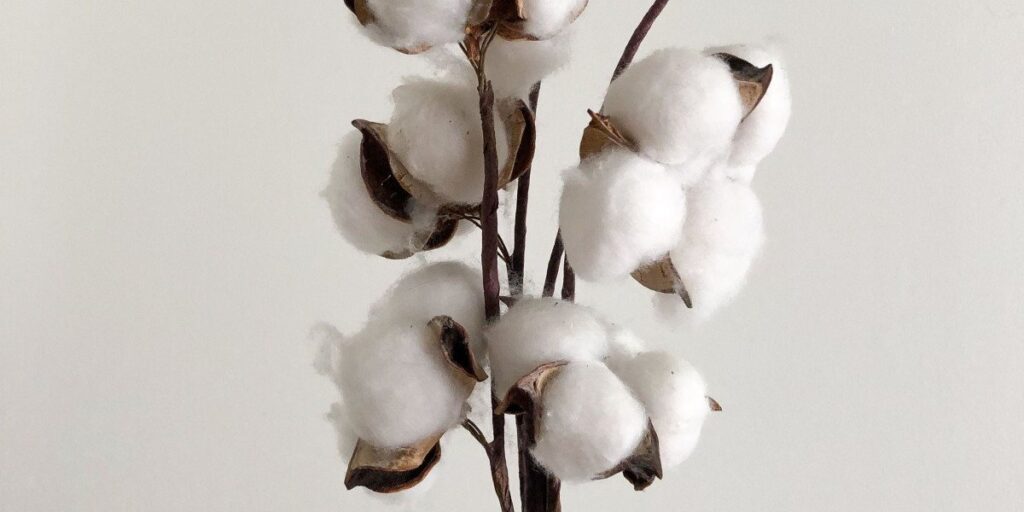
What Products Is Cotton Used For?
Cotton is used to make a variety of products, including clothing, mattresses, medical supplies, furniture, and industrial products. It is also used to make paper, rope, and rope-like products. Cotton is one of the most versatile natural fibers and has high breathability due to its strong fiber count.
Clothing is one of the most common uses for cotton. Cotton is a breathable material that is comfortable to wear and is easy to care for. It’s often blended with other fabrics during manufacturing such as polyester or spandex to create garments with various characteristics.
Cotton, especially organic cotton, is also a key component in mattresses. It’s the preferred fabric for both structural and support needs in various mattress designs, especially organic mattresses. Cotton works well as batting around individually pocketed innersprings as well as quilted finishes for the outer layer of the mattress.
Home furnishings made from cotton include curtains, pillows, towels, cushions, and upholstery. Cotton is a durable fabric that’s easy to clean and is mildew-resistant, dust mite-resistant, and hypoallergenic. It’s also used to make rugs and carpets.
Cotton is used to make medical supplies too, including bandages, gauze, and surgical masks. Cotton is an absorbent material that’s gentle on the skin, making it perfect for dressing wounds or cleaning up spills and accidents.
Industrial products made from cotton include insulation, paint brushes, and mops. Given cotton’s high absorbency, it’s naturally resistant to chemicals and is durable enough to withstand heavy use.

Are There Different Types of Cotton?
Yes, there are different types of cotton. Cotton can be classified according to its origin, its fiber length, or its staple length.
Origin
Cotton grown in different regions of the world has different properties and is used for varying applications. Types of cotton based on origin include American cotton, Egyptian cotton, Pima cotton (southwest United States), Supima cotton (southwest United States), Gossypium arboreum cotton (India and Pakistan), Gossypium hirsutum cotton (the Caribbean, Mexico, Central America), and Gossypium barbadense cotton (South America).
Fiber Length
Long-staple cotton has longer fibers, which makes it smoother and more durable than short-staple cotton. Long-staple cotton is used for premium bedding and clothing.
Staple Length
Short-staple cotton has shorter fibers and is less expensive than long-staple cotton. Short-staple cotton is better for everyday use products and clothing. Flannel shirts, jackets, and jeans are normally made out of short-staple cotton.
Frequently Asked Questions About How Cotton Is Made
Discovering how cotton is made can teach you more about products you use every day and the world of manufacturing as a whole. You may have even more questions now that you’ve read this introduction on how cotton is produced.
Want to learn more? Check out these commonly asked questions about how cotton is made:
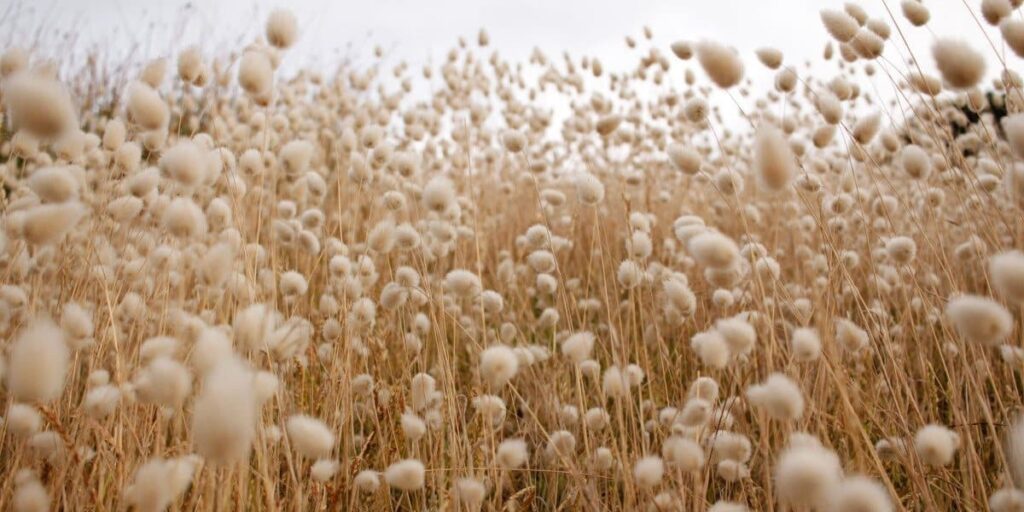
How Is Cotton Made Step by Step?
Cotton is a durable material that requires detailed handling before it’s turned into the products you know and love.
Here are the main steps cotton goes through when processed:
- Mechanical cleaning – a processing machine opens up the fiber tufts
- Scouring – a thorough heating and cleansing process
- Purifying – the cotton fibers get oxidized and whitened
- Finishing – a fiber lubricant is added to reduce fiber-on-fiber friction
- Drying and opening – the cotton cakes are reopened into fiber tufts, then redried to the moisture levels dictated by the customer
When and How Is Cotton Produced?
Cotton is harvested, compressed, and ginned in large quantities thanks to today’s technology. Cotton is still grown all over the world and India is currently the world’s largest cotton producer.
Most cotton is grown between March and September as these months offer conducive temperatures for this plant. March through May tends to be a period of more focused growth as the spring months are rain-heavy and cotton requires a lot of water to grow.
What Is Raw Cotton Called?
Raw cotton is sometimes called virgin cotton or cotton staple. Virgin cotton refers to cotton that has been ginned but not yet bleached or washed. Cotton staple refers to the raw, fine strands that constitute a raw piece of cotton.
How Long Does It Take to Grow Cotton?
Most cotton requires about 150 to 180 days to fully grow, or about five to six months. As such, cotton farmers plant it once the threat of winter frost has passed to ensure maximum growing opportunities.
Wrapping Up
Cotton’s versatility, durability, and cost-effectiveness makes it an appealing material for millions of manufacturers. It’s lightweight and malleable, yet offers longevity and is easy to clean.
Certified organic cotton is one of the pivotal materials of My Green Mattress and continues to define the integrity of our brand.
Check out our organic cotton bed sheets and our organic hybrid mattresses now. Have questions before buying? Contact our customer service team today.


